Canon has been receiving a lot of emails and inquiries asking about how their Dual gain Output sensor actually works. So they made a short video to try and explain it.
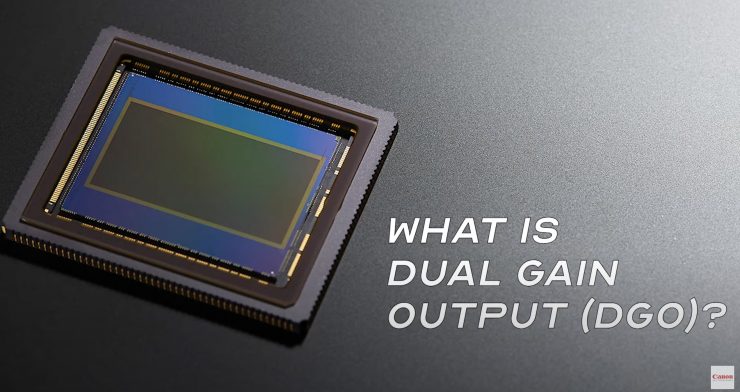
Canon incorporated what they refer to as DGO (Dual gain Output) into the C300 Mark III. Essentially this is very similar to what ARRI does with the ALEXA. Dual Gain sensor architecture has been used by ARRI in their Alev III sensors for more than 10 years.
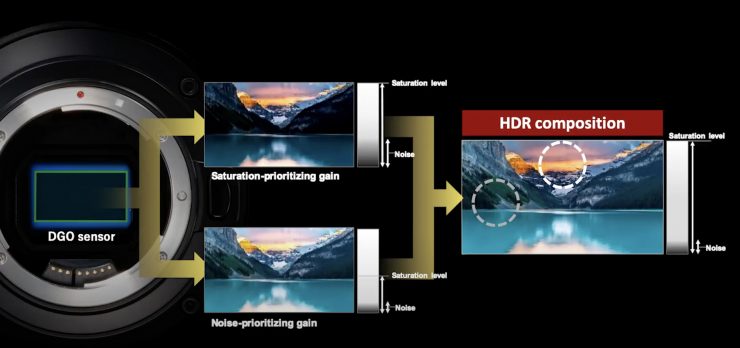
The DGO sensor produces images optimized for HDR by creating two images. One prioritizes saturation in the highlight areas and the other prioritizes lower noise in the shadows and dark areas. Essentially each photodiode is being read out at two separate gains. This creates two signals for each photodiode which are then blended to produce an image that has both high dynamic range and low levels of noise.
Canon claims that this new sensor in the C300 Mark III is capable of 16+ stops of dynamic range with reduced noise in the shadows and improved low light performance. You are probably not going to notice a massive increase in dynamic range if you are still finishing in SDR. It is with HDR that DGO will be noticeable.
Noise is also claimed to be greatly reduced because the Dual Gain Output signal is taken directly from the sensor and before any image processing takes place.
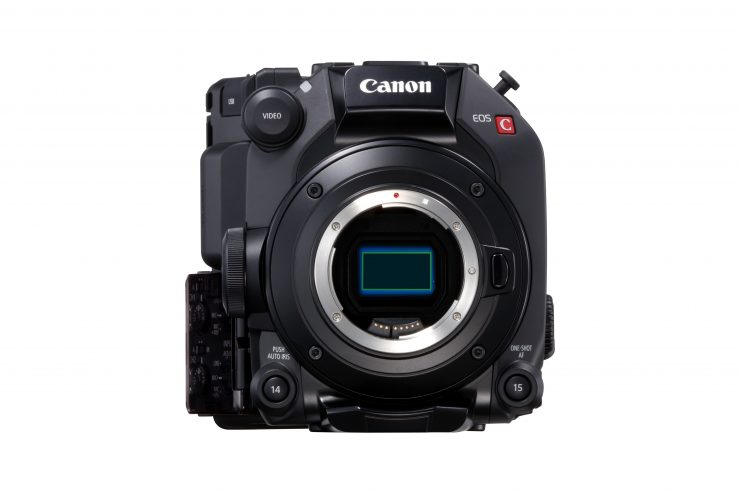
16+ stops of dynamic range is a very bold claim. If in fact, the camera does have 16+ stops of actual dynamic range that would give it the most dynamic range of any camera on the market. Of course, what is more important is where that dynamic range is being allocated.
The DGO works across all ISO ranges on the camera. Canon says that the most dynamic range (16+ stops) can be achieved when shooting at 800 ISO in Canon Log 2. If you shoot in Canon Log 3 then the dynamic range drops to 14 stops. From what I have seen, if you move off the cameras native ISO the DGO isn’t as effective when shooting at higher ISO levels. It also appears that the extra dynamic range you are getting on the camera is coming below middle grey. There doesn’t seem to be any dynamic range improvement in the highlights if you compare the camera to the C500 Mark II.
Now, there is a catch with this Dual gain Output system. It doesn’t work when you are shooting in frame rates above 60p in S35 4K. However, it does work when you are shooting in 2K Super 16mm Crop mode up to 112fps. This is not surprising because the amount of processing power to deal with two readouts at high resolutions and high frame rates would put a proportionally bigger load on the system. With a power draw of just 31W Canon probably had to make a trade-off with how the Dual Gain Output works in the camera. There is a reason ARRI cameras have a high power consumption!
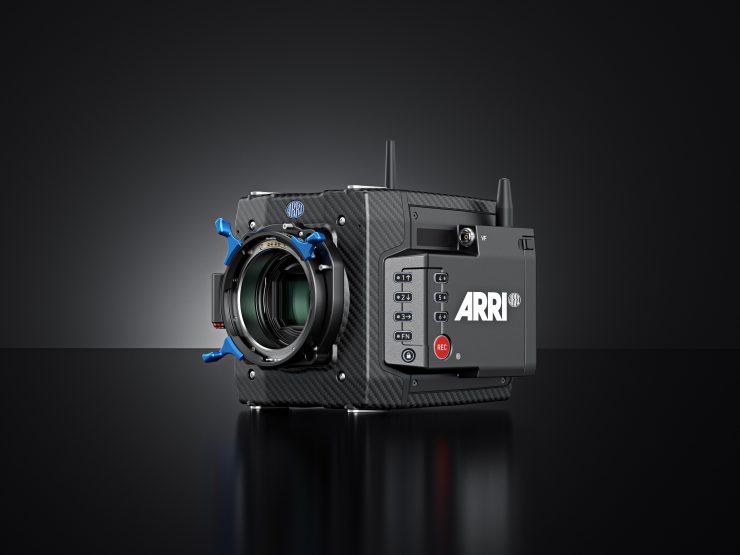
From what I can gather, Canon’s DGO is very similar to what ARRI has been doing for years.
This is how ARRI describes how Dual Gain Output works: The Dual Gain Output simultaneously provides two separate read-out paths from each pixel with different amplification. The first path contains the regular, highly amplified signal. The second path contains a signal with lower amplification to capture the information that is clipped in the first path. Both paths feed into the camera’s A/D converters. These images are then combined into a single high dynamic range image. This method is said to enhance low light performance and prevent the highlights from being clipped, thereby significantly extending the dynamic range of the image.
You shouldn’t confuse Dual Gain Output with Dual Base ISO. Although it’s the same basic idea of having different readout calibrations, Dual Gain Output is much harder to do than Dual Gain ISO because that switches between the two. What ARRI and Canon are doing requires there to be a dual readout on every frame and then processing all of that on every frame.
Unlike Canon, ARRI is able to use Dual Gain Output on all frame rates. If you want to know why cameras such as the new ALEXA Mini LF don’t have high frame rates I would imagine that it is because they want the Dual Gain Output to work in every mode on their cameras. If they tried to push the frame rates on a larger sensor camera like the Mini LF it would presumably mean that the Dual Gain Output wouldn’t have been able to work.
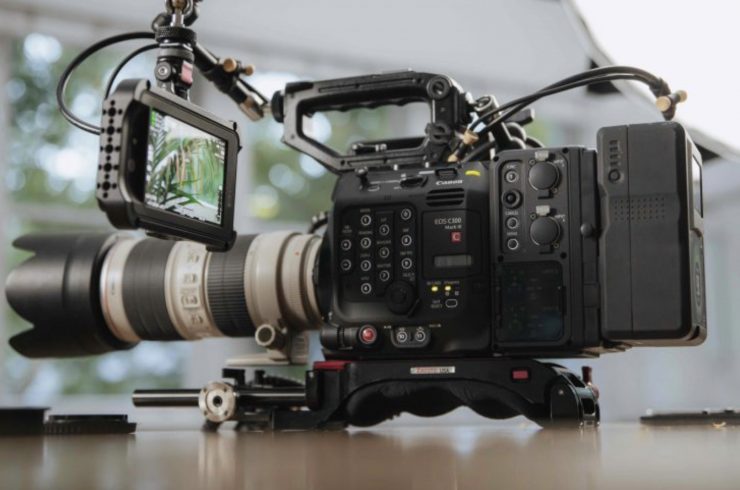
It was interesting to see that the C300 Mark III was the first Canon camera to use a Dual Gain Output sensor. You would have thought the C500 Mark II would have got it first. I asked a Canon spokesperson whether there was a technical limitation with trying to use DGO on a full-frame sensor and they told me that because of the processing requirements when using DGO it is a lot harder to do on a larger sensor.
DGO is probably something we are going to see being used in future Canon sensors.
It is important to note that the DGO can’t be turned on or off.
Like what we do and want to support Newsshooter? Consider becoming a Patreon supporter and help us to continue being the best source of news and reviews for professional tools for the independent filmmaker.





